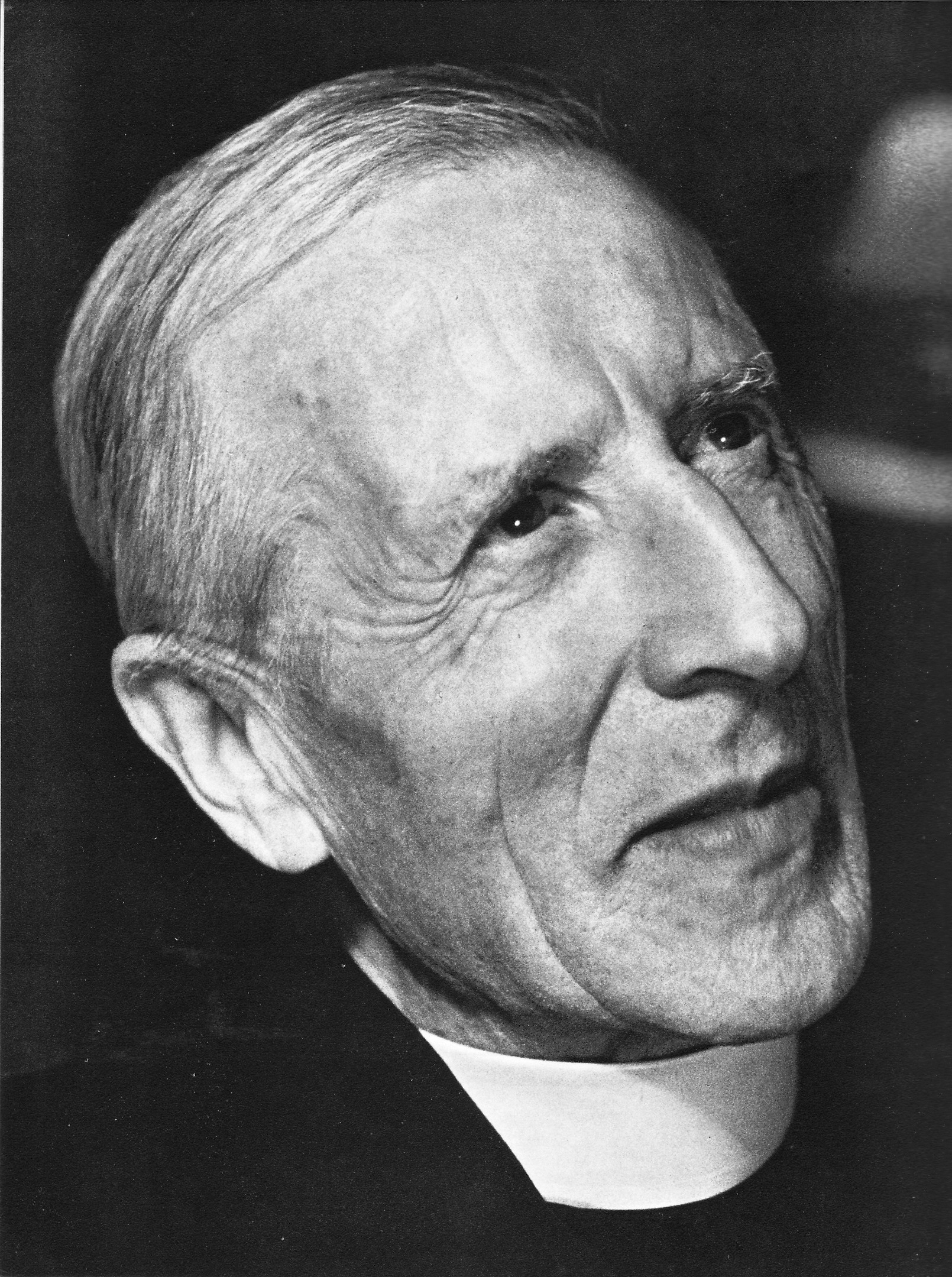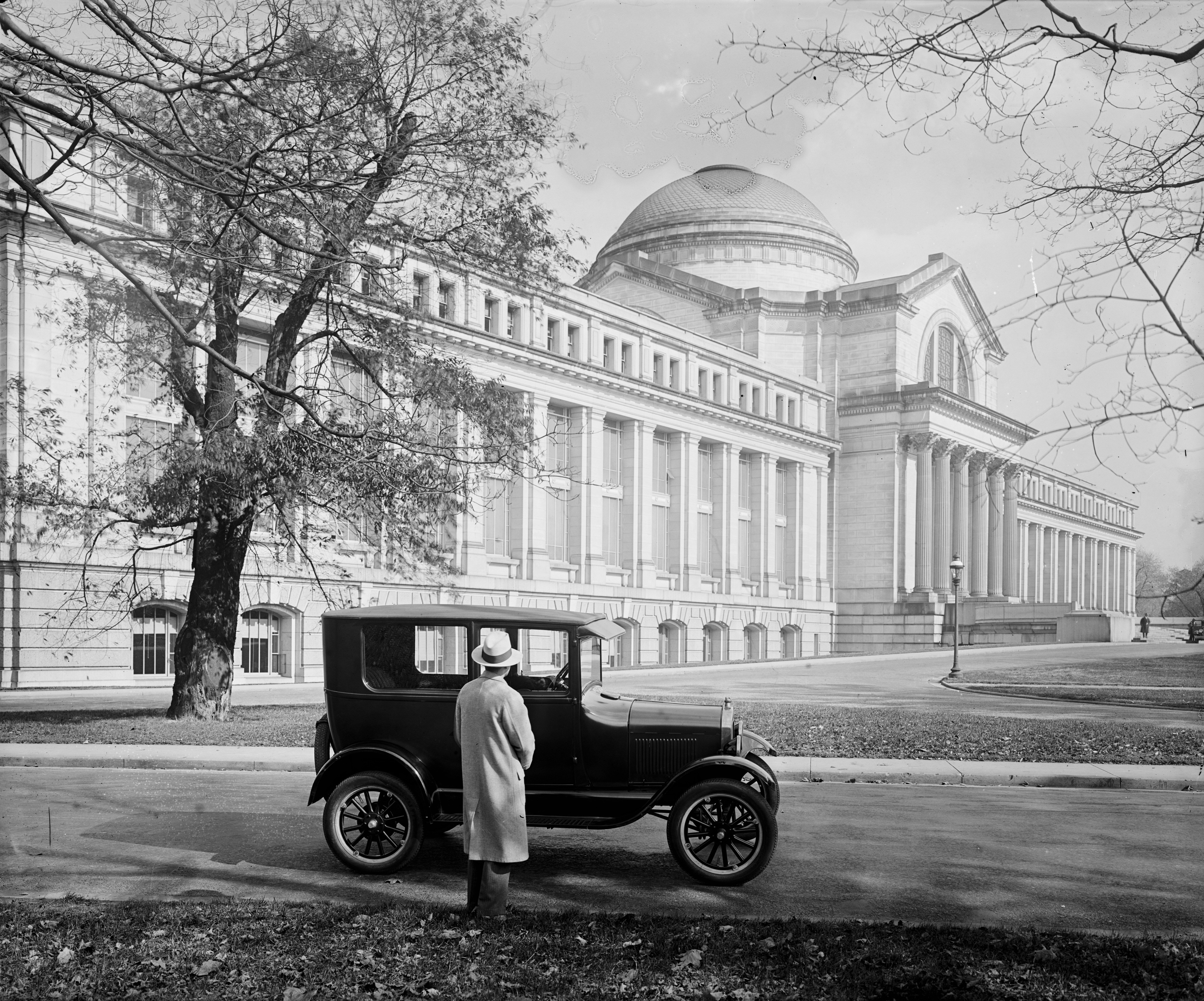|
Xiaochangliang
Xiaochangliang () is the site of some of the earliest Paleolithic remains in East Asia, located in the Nihewan (泥河灣) Basin in Yangyuan County, Hebei, China, most famous for the stone tools discovered there. Stone tools The tool forms discovered include side and end scrapers, notches, burins, and disc cores. Although it is generally more difficult to date Asian sites than African sites because Asian sites typically lack volcanic materials that can be dated isotropically, the age of the tools has been magnetostratigraphically dated as 1.36 million years. This method hinges upon dated reversals in the Earth's magnetic field. Research The site was first discovered by the Scottish geologist George Barbour in 1923. He was amazed when he saw the ancient sediments from the lake. Although he guessed wrong about how old they were and found basically nothing, Barbour invited Pere Licent and Pierre Teilhard de Chardin, two of the most brilliant prehistoric archaeologists of that ... [...More Info...] [...Related Items...] OR: [Wikipedia] [Google] [Baidu] |
Peking Man
Peking Man (''Homo erectus pekinensis'', originally "''Sinanthropus pekinensis''") is a subspecies of '' H. erectus'' which inhabited what is now northern China during the Middle Pleistocene. Its fossils have been found in a cave some southwest of Beijing (referred to in the West as Peking upon its first discovery), known as the Zhoukoudian Peking Man Site. The first fossil, a tooth, was discovered in 1921, and Zhoukoudian has since become the most productive ''H. erectus'' site in the world. Peking Man was instrumental in the foundation of Chinese anthropology, and fostered an important dialogue between Western and Eastern science. Peking Man became the centre of anthropological discussion, and was classified as a direct human ancestor, propping up the Out of Asia theory that humans evolved in Asia. Peking Man also played a vital role in the restructuring of Chinese identity following the Chinese Communist Revolution, and it was used to introduce the general populace to M ... [...More Info...] [...Related Items...] OR: [Wikipedia] [Google] [Baidu] |
Hebei
Hebei is a Provinces of China, province in North China. It is China's List of Chinese administrative divisions by population, sixth-most populous province, with a population of over 75 million people. Shijiazhuang is the capital city. It borders Shanxi to the west, Henan to the south, Shandong and Liaoning to the east, and Inner Mongolia to the north; in addition, Hebei entirely surrounds the direct-administered municipalities of Beijing and Tianjin on land. Its population is 96% Han Chinese, 3% Manchu people, Manchu, 0.8% Hui people, Hui, and 0.3% Mongols in China, Mongol. Varieties of Chinese spoken include Jilu Mandarin, the Beijing dialect of Mandarin, and Jin Chinese. During the Spring and Autumn period, Spring and Autumn and Warring States periods (771–226 BC), the region was ruled by the states of Yan (state), Yan and Zhao (state), Zhao. During the Yuan dynasty (1271–1368), the region was called Zhongshu Sheng, Zhongshu. It was called North Zhili during the ... [...More Info...] [...Related Items...] OR: [Wikipedia] [Google] [Baidu] |
Pierre Teilhard De Chardin
Pierre Teilhard de Chardin (; 1 May 1881 – 10 April 1955) was a French Jesuit, Catholic priest, scientist, palaeontologist, theologian, and teacher. He was Darwinian and progressive in outlook and the author of several influential theological and philosophical books. His mainstream scientific achievements include his palaeontological research in China, taking part in the discovery of the significant Peking Man fossils from the Zhoukoudian cave complex near Beijing. His more speculative ideas, sometimes criticized as pseudoscientific, have included a vitalist conception of the Omega Point. Along with Vladimir Vernadsky, they also contributed to the development of the concept of a noosphere. In 1962, the Holy Office condemned several of Teilhard's works based on their alleged ambiguities and doctrinal errors. Some eminent Catholic figures, including Pope Benedict XVI and Pope Francis, have made positive comments on some of his ideas since. The response to his writings by ... [...More Info...] [...Related Items...] OR: [Wikipedia] [Google] [Baidu] |
Paleolithic Sites In China
The Paleolithic or Palaeolithic ( years ago) ( ), also called the Old Stone Age (), is a period in human prehistory that is distinguished by the original development of stone tools, and which represents almost the entire period of human prehistoric technology. It extends from the earliest known use of stone tools by Hominini, hominins, 3.3 million years ago, to the end of the Pleistocene, 11,650 Before Present#Radiocarbon calibration, cal Before Present, BP. The Paleolithic Age in Europe preceded the Mesolithic Age, although the date of the transition varies geographically by several thousand years. During the Paleolithic Age, hominins grouped together in small societies such as band society, bands and subsisted by gathering plants, fishing, and hunting or scavenging wild animals. The Paleolithic Age is characterized by the use of Knapping, knapped stone tools, although at the time humans also used wood and bone tools. Other organic commodities were adapted for ... [...More Info...] [...Related Items...] OR: [Wikipedia] [Google] [Baidu] |
National Museum Of Natural History
The National Museum of Natural History (NMNH) is a natural history museum administered by the Smithsonian Institution, located on the National Mall in Washington, D.C., United States. It has free admission and is open 364 days a year. With 4.4 million visitors in 2023, it was the List of most-visited museums in the United States, third most-visited museum in the United States. Opened in 1910, the museum on the National Mall was one of the first Smithsonian buildings constructed exclusively to hold the national collections and research facilities. The main building has an overall area of with of exhibition and public space and houses over 1,000 employees. The museum's collections contain over 146 million specimens of plants, animals, fossils, minerals, rock (geology), rocks, meteorites, human remains, and human cultural artifacts, the largest natural history collection in the world. It is also home to about 185 professional natural history scientists—the largest grou ... [...More Info...] [...Related Items...] OR: [Wikipedia] [Google] [Baidu] |
Smithsonian (magazine)
''Smithsonian'' is a magazine covering science, history, art, popular culture and innovation. The first issue was published in 1970. History The history of ''Smithsonian'' began when Edward K. Thompson, the retired editor of ''Life'' magazine, was asked by then-Secretary of the Smithsonian, S. Dillon Ripley, to produce a magazine "about things in which the Smithsonian nstitutionis interested, might be interested or ought to be interested." Thompson later recalled that his philosophy for the new magazine was that it "would stir curiosity in already receptive minds. It would deal with history as it is relevant to the present. It would present art, since true art is never dated, in the richest possible reproduction. It would peer into the future via coverage of social progress and of science and technology. Technical matters would be digested and made intelligible by skilled writers who would stimulate readers to reach upward while not turning them off with jargon. We would fin ... [...More Info...] [...Related Items...] OR: [Wikipedia] [Google] [Baidu] |
South China Morning Post
The ''South China Morning Post'' (''SCMP''), with its Sunday edition, the ''Sunday Morning Post'', is a Hong Kong-based English-language newspaper owned by Alibaba Group. Founded in 1903 by Tse Tsan-tai and Alfred Cunningham, it has remained Hong Kong's newspaper of record since British colonial rule. Editor-in-chief Tammy Tam succeeded Wang Xiangwei in 2016. The ''SCMP'' prints paper editions in Hong Kong and operates an online news website that is blocked in mainland China. The newspaper's circulation has been relatively stable for years—the average daily circulation stood at 100,000 in 2016. In a 2019 survey by the Chinese University of Hong Kong, the ''SCMP'' was regarded relatively as the most credible paid newspaper in Hong Kong. The ''SCMP'' was owned by Rupert Murdoch's News Corporation from 1986 until it was acquired by Malaysian real estate tycoon Robert Kuok in 1993. On 5 April 2016, Alibaba Group acquired the media properties of the SCMP Group, including ... [...More Info...] [...Related Items...] OR: [Wikipedia] [Google] [Baidu] |
Pei Wenzhong
Pei Wenzhong (; January 19, 1904 – September 18, 1982), or W. C. Pei, was a Chinese paleontologist, archaeologist and anthropologist born in Fengnan. He is considered a founding figure of Chinese anthropology. accessed 20 January 2015 Career Pei graduated from Peking University in 1928 and went to work for the Cenozoic Research Laboratory of the Geological Survey of China joining the excavations of the Peking Man Site at Zhoukoudian, where he was named the field director of the excavations the following year. The work at Zhoukoudian was carried out under difficult conditions: for example, the scientists had to ride there on mules, some 40 km southwest of the city of Beijing. The first fossil hominin skullcap was recovered by Pei "''working in a 40-meter crevasse in frigid weather with a hammer in one hand and a candle in the other'' on December 2, 1929, at 16.00 hours (local). From 1933 to 1934, he supervised the excavation of the Upper Cave at Zhoukoudian and was dir ... [...More Info...] [...Related Items...] OR: [Wikipedia] [Google] [Baidu] |
Émile Licent
Émile Licent (1876–1952; with the adopted Chinese name, 桑志华, while he was working in China) was a French Jesuit trained as a natural historian. He spent more than twenty-five years researching in Tianjin. His expeditions spread across various parts of Northern and Central China (including the provinces of Shandong, Hebei, Shanxi, Henan, Shaanxi, Gansu, Inner Mongolia and eastern part of the Tibetan Plateau). Upon his first arrival at Tianjin in 1914, he established the Musée Hoangho Paiho (it was known as the 'Beijiang Museum' among the Chinese), one of the earliest of its kind in China. The Museum survived the Second World War and changed its name to Tianjin Natural History Museum (TMNH) in 1952. He was a colleague of Pierre Teilhard de Chardin in conducting archeological research in northern provinces of China in the 1920s. He and Chardin were the first to examine the Shuidonggou (水洞沟) ( Ordos Upland, Inner Mongolia) archaeological site in northern China. Resen ... [...More Info...] [...Related Items...] OR: [Wikipedia] [Google] [Baidu] |
Earth's Magnetic Field
Earth's magnetic field, also known as the geomagnetic field, is the magnetic field that extends from structure of Earth, Earth's interior out into space, where it interacts with the solar wind, a stream of charged particles emanating from the Sun. The magnetic field is generated by electric currents due to the motion of convection currents of a mixture of molten iron and nickel in Earth's outer core: these convection currents are caused by heat escaping from the core, a natural process called a geodynamo. The magnitude of Earth's magnetic field at its surface ranges from . As an approximation, it is represented by a field of a magnetic dipole currently tilted at an angle of about 11° with respect to Earth's rotational axis, as if there were an enormous bar magnet placed at that angle through the center of Earth. The North geomagnetic pole (Ellesmere Island, Nunavut, Canada) actually represents the South pole of Earth's magnetic field, and conversely the South geomagnetic ... [...More Info...] [...Related Items...] OR: [Wikipedia] [Google] [Baidu] |





